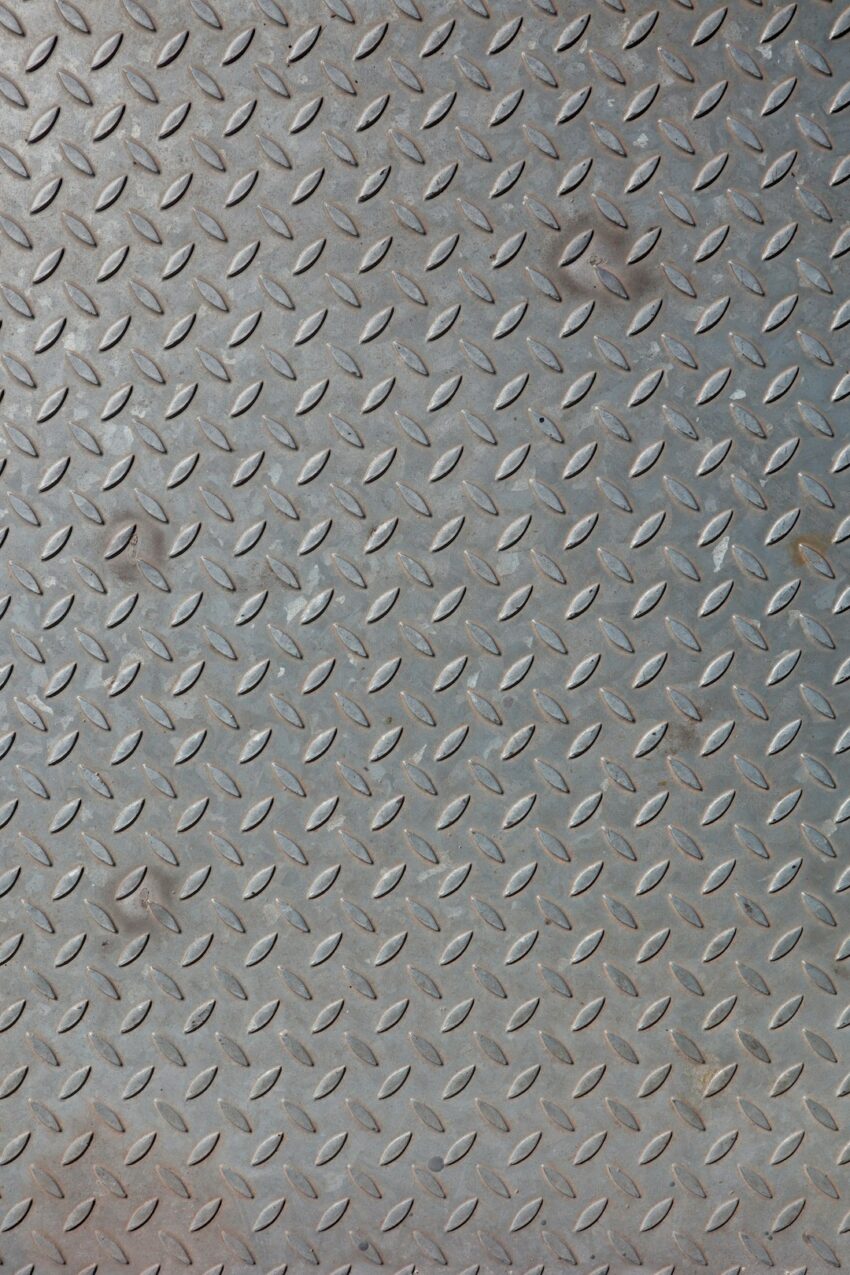Second-hand steel brackets, a sustainable and cost-effective option for construction and renovation, offer both structural support and aesthetic appeal. Reputable suppliers like Steeline ensure their quality and safety through rigorous testing for corrosion, dimensional accuracy, and material integrity. These tests guarantee the strength and durability of pre-used steel, making it a reliable alternative to new fixtures while promoting environmental sustainability by reducing carbon emissions from new production. Proper inspection, storage history, and adherence to best practices are essential to avoid issues like rust or structural problems, ensuring second-hand steel retains its quality for safe and efficient construction.
“In the realm of construction, sustainability meets practicality through the exploration of second-hand steel brackets and fixings. This article delves into the intricate world of Steeline quality tests, offering a comprehensive guide for professionals. We unravel the benefits of using second-hand steel, equip readers with knowledge on identifying common issues, and provide best practices for seamless integration in construction projects. Understanding this often overlooked resource can significantly impact project costs and environmental footprint.”
- Understanding Second-Hand Steel Brackets and Fixings
- The Steeline Quality-Test Process: A Comprehensive Overview
- Benefits of Using Second-Hand Steel Brackets
- Common Issues with Second-Hand Steel and How to Avoid Them
- Best Practices for Incorporating Second-Hand Steel in Construction Projects
Understanding Second-Hand Steel Brackets and Fixings
Second-hand steel brackets and fixings are a vital component in many construction and renovation projects, offering both structural support and aesthetic appeal. These items, often overlooked, play a crucial role in ensuring buildings remain safe and sturdy over time. When sourced from reputable suppliers who conduct thorough quality tests, such as Steeline, these second-hand steel components can be a cost-effective and reliable solution for various applications.
Understanding the condition and origin of these brackets is essential. Reputable dealers like Steeline implement rigorous testing procedures to guarantee their products meet industry standards. This includes checking for corrosion, ensuring dimensional accuracy, and verifying the material’s integrity. By doing so, builders and contractors can rely on second-hand steel brackets as a viable alternative to new fixtures, promoting sustainability and reducing construction costs without compromising quality or safety.
The Steeline Quality-Test Process: A Comprehensive Overview
The Steeline quality-test process ensures that every piece of second-hand steel undergoes rigorous examination before it is deemed fit for reuse. This meticulous approach starts with a visual inspection, where experienced technicians identify any visible defects or damage to the brackets and fixings. Beyond appearances, advanced non-destructive testing methods, such as ultrasonic testing and magnetic particle inspection, are employed to uncover hidden flaws within the steel’s structure. These tests detect cracks, corrosion, and other internal weaknesses that could compromise the integrity of the material during installation or use. Only after passing these comprehensive quality checks does the second-hand steel receive the Steeline stamp of approval, guaranteeing its strength, durability, and reliability for various construction and renovation projects.
Benefits of Using Second-Hand Steel Brackets
Using second-hand steel brackets offers a range of benefits for various construction and repair projects, especially in today’s eco-conscious landscape. One of the most significant advantages is its environmental impact; utilizing existing materials reduces the demand for new steel production, which can be an energy-intensive process with considerable carbon emissions. This approach aligns with sustainable building practices, allowing contractors and DIY enthusiasts to contribute to a greener future without compromising on structural integrity.
Moreover, second-hand steel brackets can provide cost savings without sacrificing quality. Steeline quality-tests ensure that these pre-owned fixings meet the required standards, offering an affordable alternative to new products. This is particularly beneficial for budget-conscious renovation projects or situations where accessing high-quality new materials might be challenging.
Common Issues with Second-Hand Steel and How to Avoid Them
Second-hand steel, while often a cost-effective option, can present several issues that buyers should be aware of. Common problems include rust and corrosion, especially in older or improperly stored brackets and fixings. This is a result of exposure to moisture and environmental elements during previous use. Another concern is the potential for structural integrity issues; over time, steel components can weaken due to stress, fatigue, or previous repairs, leading to reduced durability and safety hazards.
To avoid these pitfalls, it’s essential to inspect second-hand steel brackets and fixings thoroughly. Look for signs of rust, corrosion, or damage, ensuring all components are intact and structurally sound. Proper storage and care by previous owners can significantly reduce these issues. Consider testing materials with Steeline quality-assurance methods, which can verify the steel’s strength and integrity, giving you peace of mind when using second-hand steel in your projects.
Best Practices for Incorporating Second-Hand Steel in Construction Projects
Incorporating second-hand steel into construction projects offers a sustainable and cost-effective solution, but it requires careful consideration to ensure structural integrity and safety. Best practices for using second-hand steel brackets and fixings involve rigorous quality testing. Steeline, for instance, conducts thorough inspections and quality tests on all second-hand materials before they are sold, ensuring they meet the required standards. When selecting pre-owned steel, it’s crucial to verify its source, condition, and compatibility with your project specifications.
Additionally, proper handling and storage of second-hand steel is essential. Preventing corrosion and damage during transit and storage ensures the material retains its quality. Regular maintenance checks after installation can also help identify any potential issues early on. Incorporating second-hand steel responsibly allows for reduced environmental impact, cost savings, and efficient resource utilization while maintaining the highest safety standards in construction projects.
Second-hand steel brackets and fixings offer a sustainable and cost-effective solution for construction projects, but understanding their quality and potential issues is key. Steeline’s rigorous quality-test process ensures that used steel meets high standards, providing peace of mind for builders and contractors. By adopting best practices, including thorough inspection and testing, the benefits of second-hand steel can be fully realised without compromising on strength and durability. This eco-friendly approach not only reduces waste but also contributes to a more sustainable construction industry.
